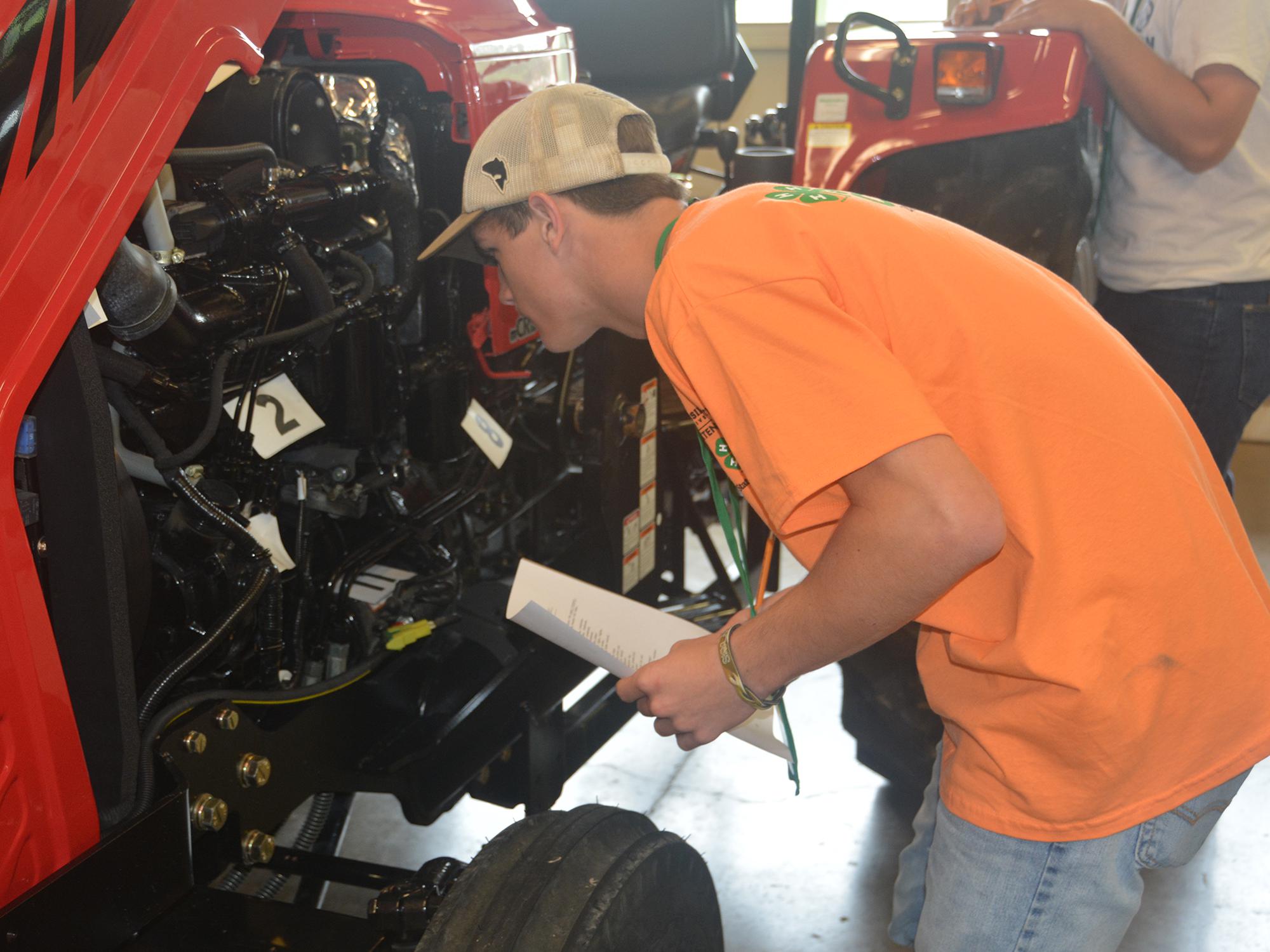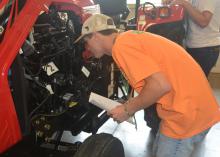Information Possibly Outdated
The information presented on this page was originally released on June 2, 2017. It may not be outdated, but please search our site for more current information. If you plan to quote or reference this information in a publication, please check with the Extension specialist or author before proceeding.
Mississippi 4-H members keep fun traditions alive
STARKVILLE, Miss. -- Mississippi 4-H competitions continue to help "make the best better" more than a century after the first corn clubs for boys and tomato clubs for girls were formed in the state.
Hundreds of 4-H members converged on Mississippi State University for three days of competitions, workshops, tours and entertainment from May 31 to June 2.
"Similar annual events have taken place since the first co-ed gathering in 1924. Before that, Mississippi held separate meetings for boys and girls,” said Paula Threadgill, associate director of the MSU Extension Service. “Old publications revealed that the early state meetings lasted as long as 10 days, which is truly amazing to us now.”
The 2017 State 4-H Congress included contests on a wide variety of subjects. About 30 percent of Mississippi’s 4-H members focus on healthy lifestyle education. Other major project areas involve animal science, personal development and leadership, and wildlife, forestry, shooting sports and sport fishing.
“Early 4-H clubs focused on livestock and crops for the boys and clothing and cooking for the girls,” Threadgill said. “Projects are no longer gender-specific, and modern topics like science, technology, engineering and math attract a lot of interest.”
While other states had earlier clubs similar to modern-day 4-H, Mississippi was the first state to receive federal money for youth clubs. This fact is the basis of the state’s claim as the birthplace of 4-H.
Threadgill said W.H. “Corn Club” Smith was instrumental in forming Mississippi’s first corn clubs.
“Corn Club Smith received a franking privilege and an annual salary of $1 from the U.S. Department of Agriculture in 1907,” she explained. “This was the first time the USDA had been involved in a youth program and established a three-way partnership of county, state and federal governments working together.”
Threadgill said educating young people has always served a dual purpose by also reaching parents and extended family members of participating 4-H’ers.
“One of our historic publications, dated June 1918, reported that early boys’ corn clubs in 1909 averaged two to four times more corn per acre than the farmers of the day, who averaged 14.5 bushels per acre,” she said. “In 1917, farmers averaged 19.5 bushels per acre on their own, farmers working with county agents averaged 50 bushels per acre, and the corn club boys averaged just over 52 bushels per acre.”
Threadgill said today’s emphases on citizenship, leadership and community service are the strengths of the youth development program.
Extension professor Larry Alexander said the participants registered for this year’s 4-H State Congress were as diverse as the projects offered, and that was what drew today’s youth to the event.
“In the early days of 4-H, participation was largely from rural areas -- especially from farms -- around the state,” Alexander said. “While most members today are from small towns, only about 6 percent actually live on farms. For the past several years, Mississippi’s 4-H membership closely mirrors the demographics of the state.”



